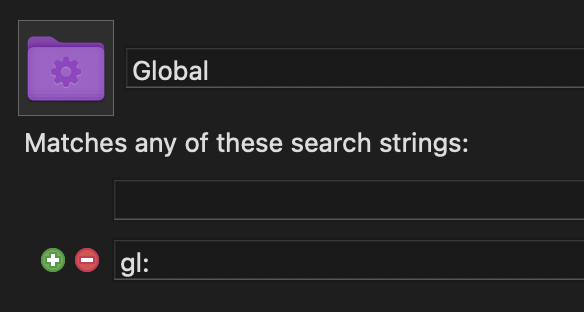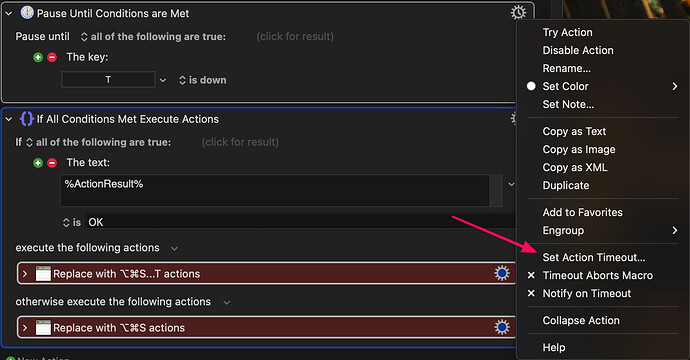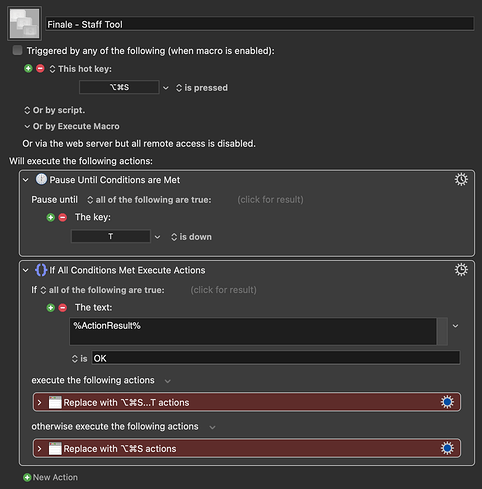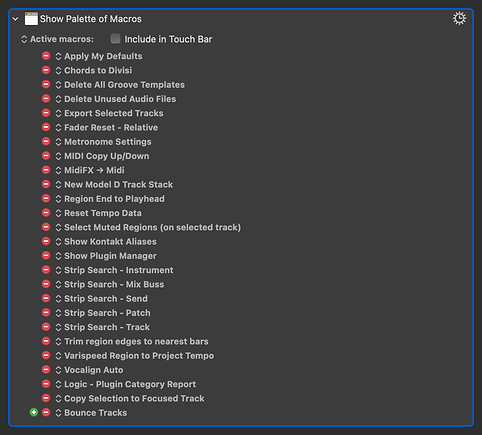One way to do this is to use a timeout within which you have to hit T. In this example, it's set to 50 1/100s, via the gear icon:
Finale - Staff Tool.kmmacros (22 KB)
However, I would suggest that if the issue is forgetting hotkeys, you might want to have a look at Palettes or the Trigger Macro by Name action to show available macros. These can be used in a number of ways, but the way I like to use them is to choose one hotkey (in my case, §) to show all available macros for the current app and another (⌥§) to show all global macros.
In use:
Trigger Palette
Hit hotkey corresponding to desired visible macro in palette
or
Trigger Macro by Name
Select macro in the list
Hit Enter
I've opted for the latter, and I use it like so:
I set up two smart groups:
App-specific Smart Group Screenshot

Global Smart Group Screenshot

I trigger the following macro using § or ⌥§. It uses a submacro to move the cursor to the right of n: (which enables you to search by name):
Trigger Macro By Name (Apps:Global).kmmacros (58.3 KB)
If you prefer the Palette approach, it's simpler to set up. Just add the macros you want to a Show Palette of Macros action and give it a hotkey trigger. Here's my Logic Pro one:


